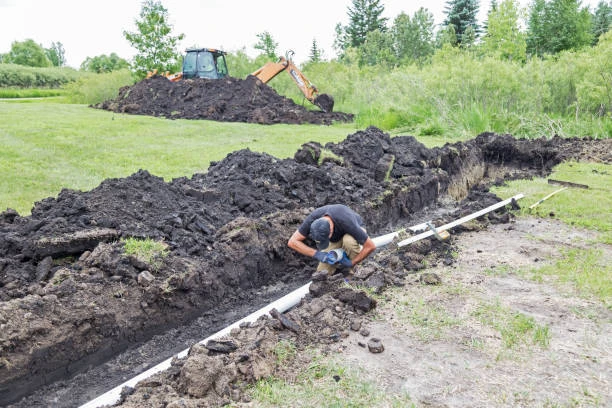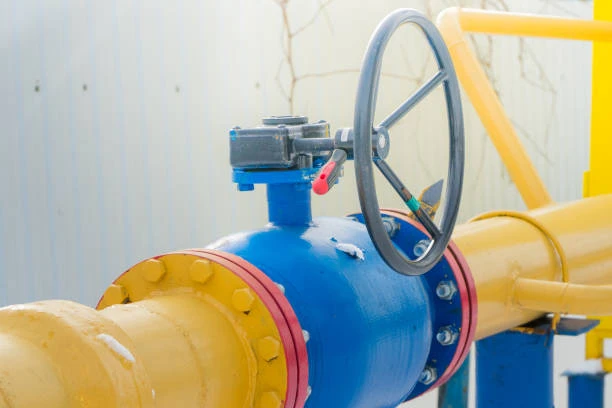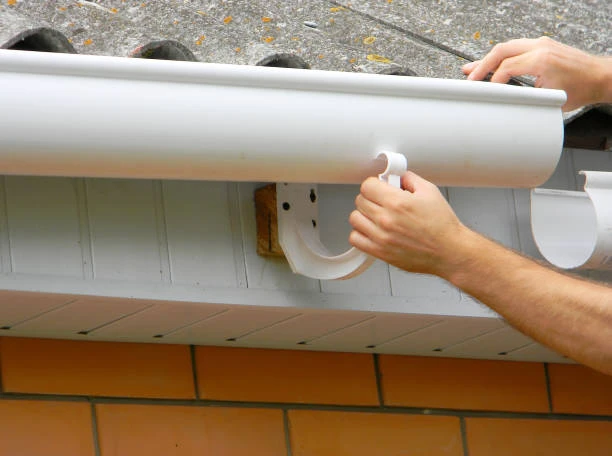The plastics pipe fitting industry is experiencing dynamic growth driven by advancements in manufacturing processes, increased demand for durable materials, and the urgent need for sustainable solutions. With the rise of new technologies and innovative applications, the market for plastic pipe fittings is not only expanding but also evolving. This article delves into the key highlights of the plastics pipe fitting industry and explores the future opportunities that lie ahead.
Understanding Plastics Pipe Fittings
Plastics pipe fittings are essential components in various applications, including plumbing, irrigation, and industrial systems. They are made from different types of plastics, such as Polyvinyl Chloride (PVC), High-Density Polyethylene (HDPE), and Polypropylene (PP). Each type offers unique properties, making them suitable for various applications:
- PVC: Known for its durability and corrosion resistance, PVC is widely used in water supply and drainage systems.
- HDPE: With its high tensile strength and flexibility, HDPE is ideal for applications requiring resistance to high pressures and environmental stress.
- PP: Lightweight and chemical-resistant, polypropylene is often used in industrial applications where exposure to harsh chemicals is a concern.
Key Highlights of the Plastics Pipe Fitting Industry
1. Robust Market Growth
The global market for plastics pipe fittings is projected to witness substantial growth over the next few years. Factors such as urbanization, infrastructure development, and increasing investments in the construction sector are driving demand. As cities expand and aging infrastructure requires upgrades, the need for reliable and efficient plumbing solutions is becoming more critical.
2. Sustainability Focus
Sustainability is a driving force in the plastics industry. Manufacturers are increasingly focusing on creating eco-friendly products that minimize environmental impact. Innovations in recycling technologies are enabling the production of recycled plastic pipe fittings, reducing the reliance on virgin materials and decreasing carbon footprints. As regulations around sustainability tighten, companies that prioritize eco-friendly practices will likely gain a competitive edge.
3. Technological Advancements
The introduction of new technologies is reshaping the production of plastic pipe fittings. Advanced manufacturing techniques, such as injection molding and 3D printing, are enhancing product quality and reducing production costs. These technologies enable manufacturers to create complex designs that were previously challenging to achieve, resulting in better-fitting solutions for various applications.
4. Customization and Versatility
The demand for customized solutions is on the rise as industries seek to optimize their operations. Plastics pipe fittings can be tailored to meet specific requirements, such as size, shape, and material composition. This versatility allows manufacturers to cater to diverse markets, from residential plumbing to large-scale industrial applications.
5. Global Market Expansion
Emerging economies in Asia-Pacific and Latin America are witnessing rapid industrialization and urban growth, leading to increased demand for plastic pipe fittings. Countries like India and Brazil are investing heavily in infrastructure development, creating opportunities for manufacturers to expand their market reach. The growing awareness of the benefits of plastic fittings over traditional materials will further fuel this expansion.

Future Opportunities in the Plastics Pipe Fitting Industry
1. Smart Plumbing Solutions
The integration of smart technology into plumbing systems is an emerging trend that offers significant opportunities. Smart sensors can monitor flow rates, detect leaks, and optimize water usage, providing end-users with valuable data. Manufacturers can explore the development of smart fittings that enhance efficiency and reduce waste, appealing to environmentally conscious consumers.
2. Growth in Renewable Energy Applications
As the world shifts towards renewable energy sources, the need for efficient piping systems in solar and wind energy applications is growing. Plastic pipe fittings can play a crucial role in these systems, providing lightweight and corrosion-resistant solutions that enhance overall performance. Manufacturers can seize this opportunity by developing specialized fittings for the renewable energy sector.
3. Expansion of E-Commerce Platforms
The rise of e-commerce is transforming how consumers purchase plumbing materials. Online platforms enable manufacturers to reach a broader audience and streamline the sales process. Investing in digital marketing and e-commerce strategies can help companies tap into this growing market segment, making it easier for customers to access their products.
4. Regulatory Compliance and Innovation
As environmental regulations become stricter, there is a growing need for compliant products. Manufacturers can invest in R&D to innovate new materials and solutions that meet regulatory requirements while still offering superior performance. Staying ahead of regulations can provide a competitive advantage and ensure long-term sustainability.
5. Collaboration and Partnerships
Collaborating with other stakeholders in the construction and plumbing sectors can open up new avenues for growth. Partnerships with construction firms, architects, and engineers can lead to increased product visibility and integration into larger projects. By working together, companies can develop comprehensive solutions that address the evolving needs of the industry.
Conclusion
Urbanization, sustainability initiatives, and technological advancements are driving significant growth in the plastics pipe fitting industry. With a focus on innovation and customization, manufacturers can capitalize on the numerous opportunities available in the market. By embracing smart technologies and sustainable practices, the industry can build a resilient future that meets the demands of an ever-evolving global landscape.
Frequently Asked Questions (FAQs)
- What are the main types of plastic used for pipe fittings?
The main types include PVC, HDPE, and polypropylene, each offering unique properties for different applications. - What factors are driving growth in the plastics pipe fitting industry?
Urbanization, infrastructure development, sustainability initiatives, and technological advancements are key drivers. - How does sustainability impact the plastics pipe fitting market?
Companies are increasingly focusing on creating eco-friendly products and developing recycling technologies to reduce their environmental impact. - What role do smart technologies play in plumbing systems?
Smart technologies enable better monitoring and optimization of water usage, leading to increased efficiency and reduced waste. - Where are the emerging markets for plastic pipe fittings?
The Asia-Pacific and Latin America regions are experiencing rapid growth due to industrialization and infrastructure investments.


















